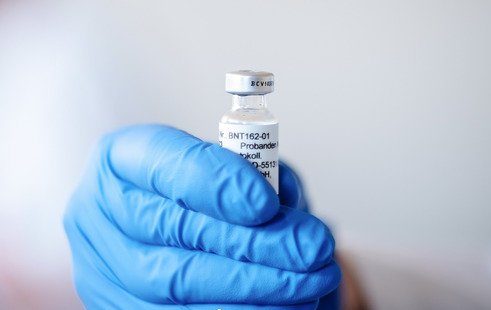November 26th – A recent report published by the British Guardian pointed out that local health officials across the United States are currently struggling with vaccine distribution due to the very strict storage and transportation conditions of the coronavirus vaccine.
The report said that although pharmaceutical companies such as Pfizer, Modena and AstraZeneca have recently heard good news about the progress of vaccine development, the distribution of vaccines is still a huge challenge.
Current disadvantages include: many Americans hesitate to vaccinate; Pfizer’s coronavirus vaccine requires storage temperatures of minus 70 degrees Celsius; and nearly a year after fighting the epidemic, local public health resources have been stretched.
Take the coronavirus vaccine developed by Pfizer in the United States and German Biotech Company as an example. If approved, each storage container can hold 975 doses of vaccine, and dry ice is needed to keep the container at ultra-low temperature.
The vaccine is valid for 10 days from the time of packing. The container can only be opened twice a day at most, and only one minute at a time. The vaccine should be vaccinated within 5 days after thawing, and within 6 hours after dilution.
James English, a health official in Washoe County, Nevada, has only $74,000 in funding to distribute the local required coronavirus vaccine. “Our health department is small, but there are many roles to take on and the very little money allocated to us – this is the biggest obstacle,” he said.
Lina Wen, a former health commissioner in Baltimore, Maryland, also said that there are huge logistical obstacles (in the United States in the distribution of coronavirus vaccines) that need to be overcome and cannot be underestimated.



